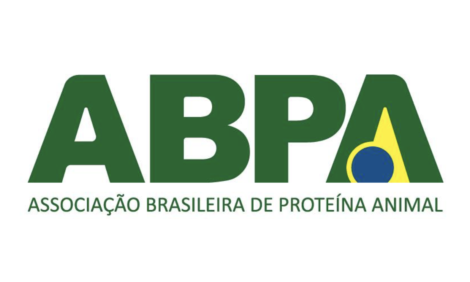



Tighter Welfare Checks on Livestock at Slaughterhouses Proposed
EU - Slaughterhouse staff could be forced to carry out more checks of livestock to ensure the animals are not conscious after stunning, according to new scientific studies carried out for the European Food Safety Authority (EFSA).The slaughterhouse staff performing stunning, shackling, hoisting and/or bleeding will have to check all the animals and confirm that they are not conscious, if recommendations for a European Food Safety Authority scientific opinion are ratified.
For the animal welfare officer, who has the overall responsibility for animal welfare, a mathematical model for the sampling protocols has been proposed, giving some allowance to set the sample size of animals that he/she needs to check at a given throughput rate (total number of animals slaughtered in the slaughterhouses) and tolerance level (number of potential failures — animals that are conscious after stunning and animals that are not unconscious or not dead after slaughter without stunning).
The model can also be applied to estimate threshold failure rate at a chosen throughput rate and sample size.
Finally, different risk factors and scenarios are proposed to define a ‘normal’ or a ‘reinforced’ monitoring protocol, according to the needs of the slaughterhouse.
These measures are included in a scientific opinion which puts forward “toolboxes of welfare indicators” for developing monitoring procedures at slaughterhouses for pigs, sheep and goats and poultry.
Three separate scientific opinions have been produced by the Scientific Committee/Scientific Panel of EFSA for the European Commission to cover the pig sector, goats and sheep and poultry.
Poultry
For poultry, the scientific opinion proposes toolboxes of welfare indicators, and their corresponding outcomes of consciousness, unconsciousness or death, for developing monitoring procedures at slaughterhouses for poultry stunned using electrical waterbaths and gas mixtures or slaughtered without stunning.
For waterbath stunning, the opinion proposes a toolbox of indicators for assessing consciousness in poultry at two key stages of monitoring:
- between the exit from the waterbath stunner and neck cutting and
- during bleeding.
For gas stunning, the opinion proposes a toolbox of indicators for assessing consciousness in poultry at two key stages of monitoring:
- during shackling and
- during bleeding.
For slaughter without stunning, a toolbox is proposed for confirming death prior to entering scald tanks.








